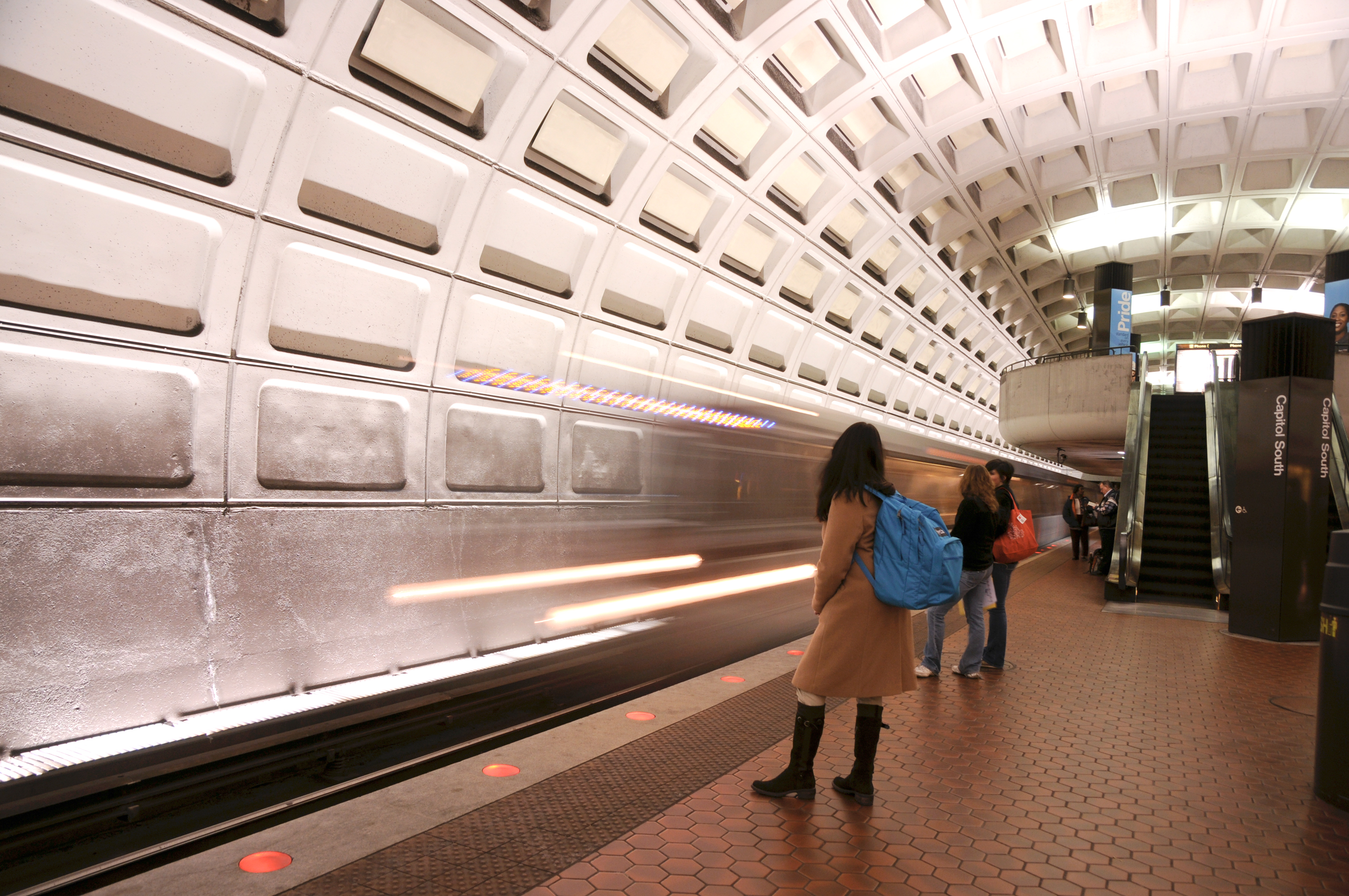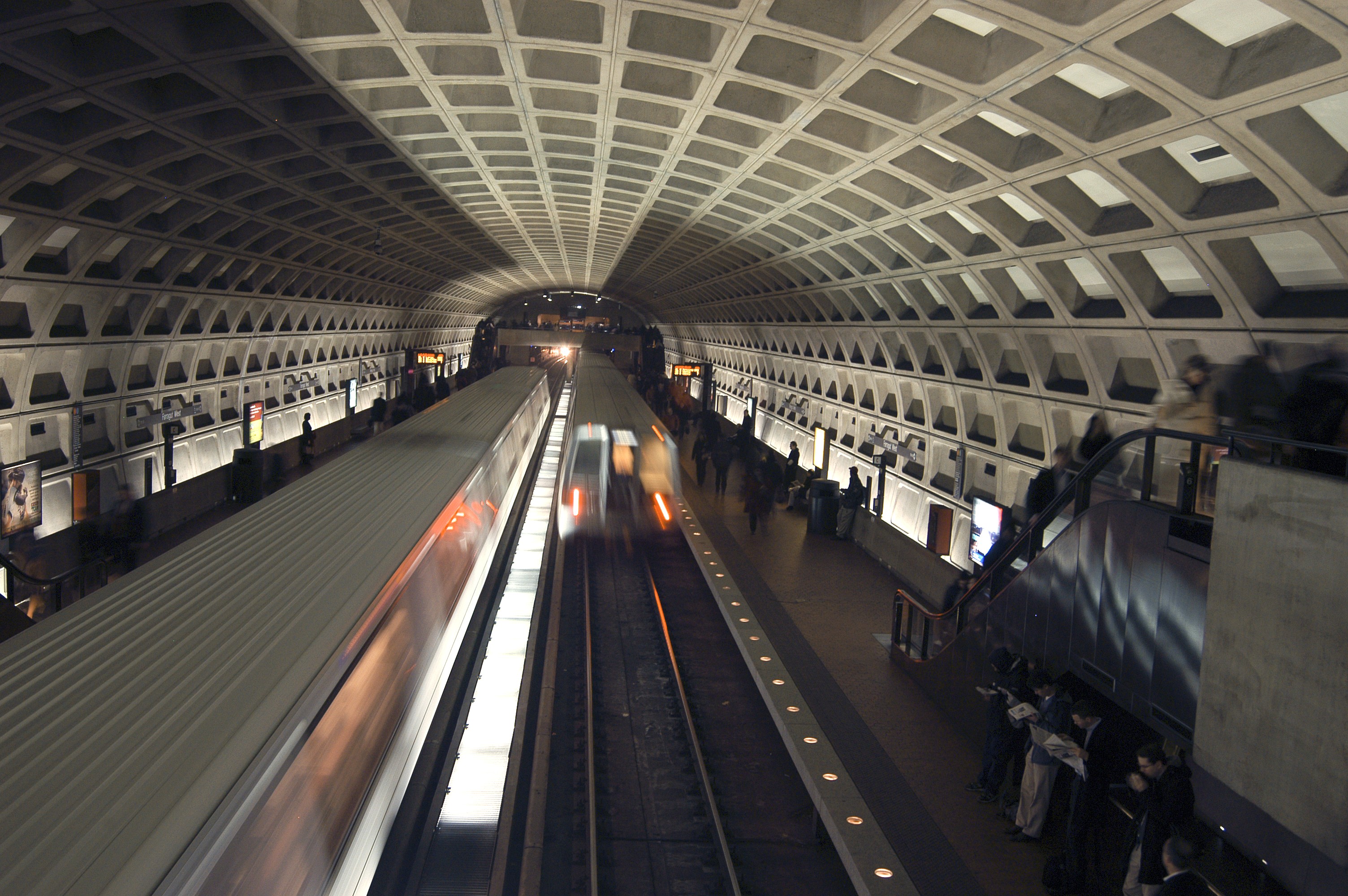WASHINGTON — The plans to overhaul Metro’s troubled radio system, which are set to inch forward this spring, will also eventually help provide cellphone service to riders in Metro tunnels.
Metro is running a test installation of cables for the federally required transition to a new radio system. The test will span a mile-long section of Red Line track. The plan is to install cellphone-service cables, provided by the major cellular companies, at the same time, so that the signs and other equipment built into tunnel walls will only have to be moved once.
Overall, the plan to upgrade Metro’s radios is projected to cost about $335 million, $120 million of which General Manager Paul Wiedefeld says is to install the cables throughout Metro’s tunnels.
While the money was already in Metro’s budget and engineering had begun, Wiedefeld says the new deal with carriers is what will allow the projects to move forward together.
Wiedefeld says the cellphone companies are mostly contributing materials needed to for cellular service infrastructure to be installed alongside the radio cables, although they are also contributing some cash. He declined to disclose the exact details of the deal.
“There have been fits and starts. The business model has changed dramatically in that arena. There was a false start a few years ago and it did not work economically. You have to get in when you do this: Literally you are shutting down traffic on one of those tracks to do this,” Wiedefeld says.
The original plan to bring cell service to Metro tunnels fell apart years ago, when the collective company set up to install the service, as well as the Metro radio cables, went bankrupt.
Metro is required by law to get cellphone service across the system, which would give riders access to 911 at all times. Wiedefeld says the financial dynamics have changed.
“You used to pay by the minute for the use of the phone. Now there are no minutes, so if I were a businessperson, what’s in it for me? What am I getting if you’re using my service in the tunnel?” he says.
“We need to do it for our customers, and we’re down there doing all this anyway, so let’s hang their cable at the same time, and then we improve the service for the customers,” he adds.
The project will require removing many of the signs that mark where a train is in the system, as well as other things along the tunnel walls, in order to set up a tray that can carry the cables through the system.
“You’ve got to remove all that. You’ve got to hang this up; you’re doing this above the third rail — it’s very complex. It’s not easy stuff. What we’re doing is a test pilot for an almost 6,000-foot section to see what we learn,” Wiedefeld says.
Metro has also brought in consultants to see whether there are better ways of getting the radio and cell service installation done. Wiedefeld would not give a timeline for when both will be installed and operational, saying it depends on the results of the pilot project.
While the complete radio system must be upgraded before it can be activated, Wiedefeld says the cell service could be activated in phases. The existing radio system remains in place until the new one is activated, which Metro hopes will be in a few years.







